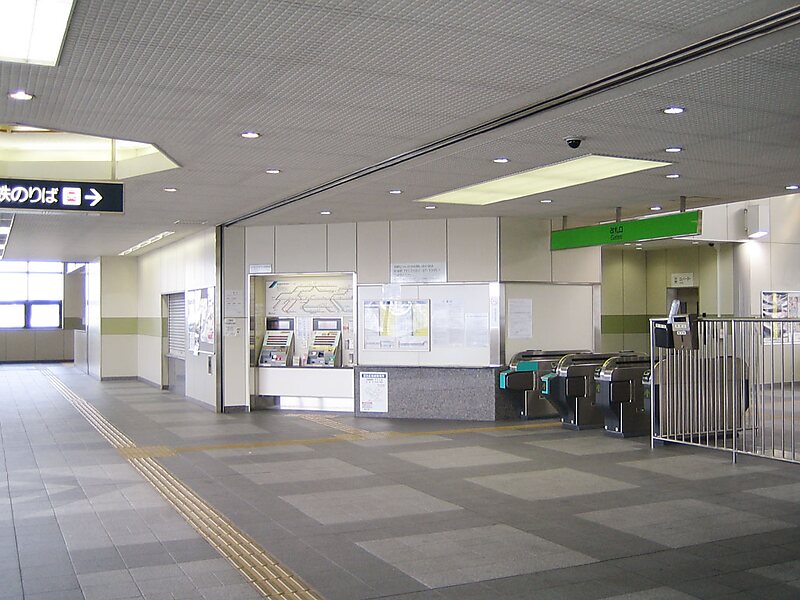Smartphones have become the Swiss Army knives of modern life. They wake us up, guide us through traffic, serve as offices, classrooms, cinemas, and lifelines to friends and family. But with their ubiquity has come unease. Around the world, policymakers are confronting the growing social and mental health risks of near-constant screen time—and the question of whether governments should intervene in our relationship with our devices.
Toyoake’s Experiment: When a Small City Stared Down Big Tech Culture
This week, the Japanese city of Toyoake in Aichi Prefecture made headlines with a modest but provocative idea: voluntary guidelines limiting smartphone use to two hours per day, with curfews of 9 p.m. for children and 10 p.m. for everyone else.
Framed as a public health measure, the plan aimed to curb late-night scrolling, poor sleep, and digital dependency. But the backlash was swift. Surveys showed 80 percent of residents rejected the idea, dismissing it as paternalistic in a society where phones are woven into commuting, banking, schooling, and staying safe.
Parents were especially vocal. As one resident told local media, “Phones are how children communicate, check homework, and keep safe.” Others warned that guidelines risked stigmatizing families already struggling to balance screen use and schoolwork.
What Toyoake discovered is that the line between “helpful guardrails” and “intrusion into daily life” is razor thin.
A Global Wave of Resistance and Reform
The Toyoake debate is part of a broader global reckoning. Countries are experimenting with different ways to regulate screen use, particularly among young people.
-
South Korea pioneered digital detox efforts, funding internet rehab camps and once enforcing a “shutdown law” that barred minors from online gaming late at night, until it was repealed in 2021.
-
Brazil has floated state-level proposals banning phones in classrooms, citing student distraction and worsening youth mental health.
-
Portugal and several European nations have limited or banned school phone use during lessons.
-
France set a precedent in 2018 by banning smartphones outright in primary and middle schools, a policy still regarded as a benchmark worldwide.
Toyoake may have framed its policy as voluntary, but its experiment echoes a much larger trend: governments testing how far they can go in curbing digital dependence without sparking public revolt.
Australia’s Bold Gamble
If Toyoake represents the “soft” approach, Australia is testing the opposite. Lawmakers there are debating legislation that would bar anyone under 16 from creating social media accounts. Platforms like TikTok, Instagram, and X (formerly Twitter) would be required to verify ages and deny underage users access.
Supporters argue the move is urgent: research consistently links heavy social media use to rising anxiety, depression, and sleep loss among teens. Critics counter that mandatory age verification could jeopardize privacy, forcing intrusive data collection, and warn that bans may simply drive teens onto unregulated platforms.
Australia’s push represents a turning point—from gentle public-health nudges like Toyoake’s to binding national legislation that could reshape how young people engage with technology.
The Mental Health Crisis Driving Policy
Behind these debates is a mounting body of research on the harms of digital overuse:
-
Sleep disruption: Blue light exposure delays melatonin production, degrading sleep quality.
-
Academic decline: Constant notifications erode focus, making deep learning harder.
-
Mental health strain: Heavy social media use correlates with higher rates of depression, anxiety, and body image issues, particularly among teenage girls.
-
The isolation paradox: Devices connect people superficially while replacing face-to-face interactions that sustain deeper relationships.
The COVID-19 pandemic turbocharged these dynamics. With classrooms, friendships, and even family gatherings forced online, screen habits hardened. Today, governments are left confronting the fallout.
Freedom vs. Responsibility: The Core Tension
The failed Toyoake proposal exposes the heart of the dilemma: How much should governments shape digital behavior in societies where phones are indispensable?
In liberal democracies, even voluntary restrictions can feel like overreach. Yet history offers precedent: governments regulate smoking, alcohol, and seatbelt use in the name of public health. The difference is that phones, unlike cigarettes, are essential tools of modern living. The question isn’t whether smartphones are inherently bad—it’s whether compulsive use demands collective intervention.
Japan’s Cultural Crossroads
In Japan, the debate is sharpened by cultural context. Society prizes discipline, academic achievement, and harmony, making concerns about sleep and study particularly resonant. Yet Japan is also one of the world’s most digitally integrated countries, where daily life depends heavily on smartphones.
That tension—between tradition and technological necessity—helps explain why Toyoake’s idea struck such a raw nerve.
Lessons from Toyoake and Canberra
Comparing Japan and Australia reveals two divergent strategies:
-
Voluntary vs. mandatory: Toyoake sought compliance through suggestion and failed. Australia is testing enforcement through law.
-
Local vs. national scale: Toyoake targeted a city of 70,000. Australia aims to reshape behavior across an entire country.
Both approaches raise the same larger question: How much control should societies exert over technologies that have become daily necessities?
What Comes Next
As technologies like VR, AR, and AI-driven platforms blur the line between online and offline, screen-time debates will only intensify. Possible future policies include:
-
Stricter age-gated access to apps.
-
School-wide phone bans during instruction.
-
Time-based app restrictions enforced by platforms or law.
-
Mandated, easy-to-use parental controls.
Whether these measures succeed is uncertain. What is clear is that public patience with leaving the issue solely to families or tech companies is fading.
Conclusion: A Defining Challenge of the 21st Century
From Toyoake’s failed curfew to Australia’s pending social media ban, the world is entering a new phase in the struggle over digital dependency. These debates matter not just for children, or even just for phones—they are about how societies adapt when digital immersion is the default condition of life.
The challenge is no longer abstract. It is about sleep-deprived students, anxious teenagers, distracted classrooms, and families negotiating the place of glowing screens at the dinner table.
As the boundary between health policy, tech regulation, and personal freedom continues to blur, one truth is unavoidable: the battle over screen time is emerging as one of the defining cultural and public health struggles of our century.

